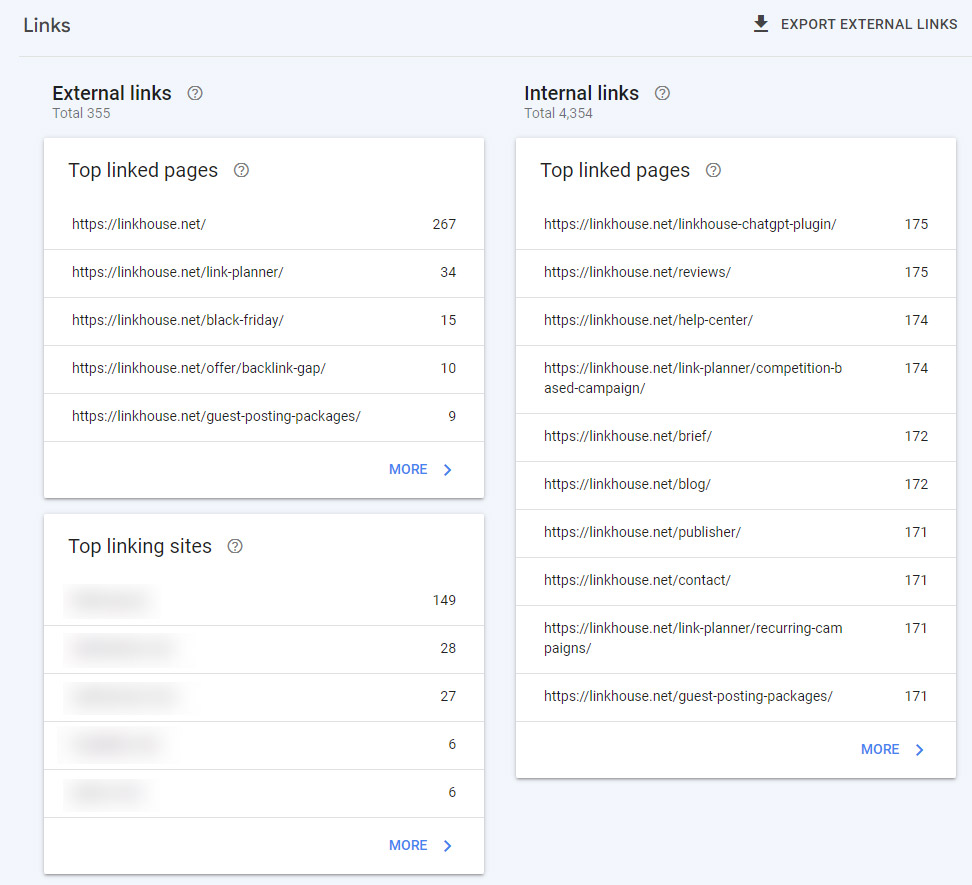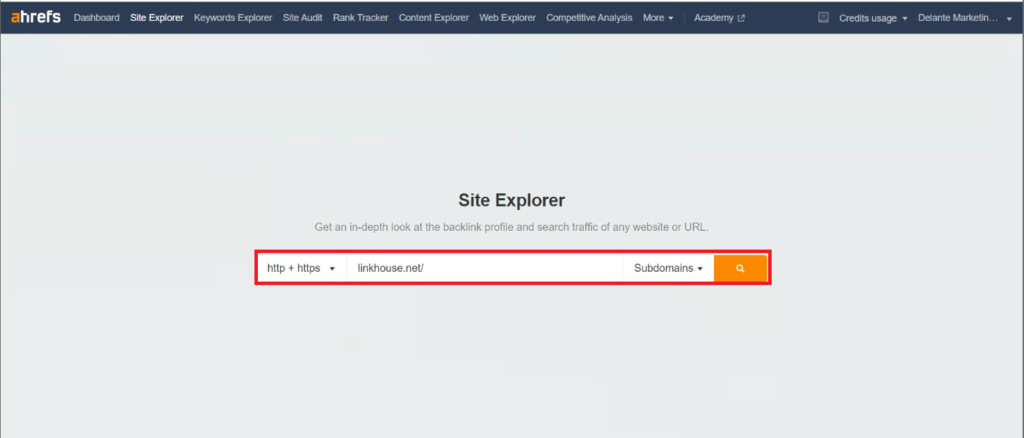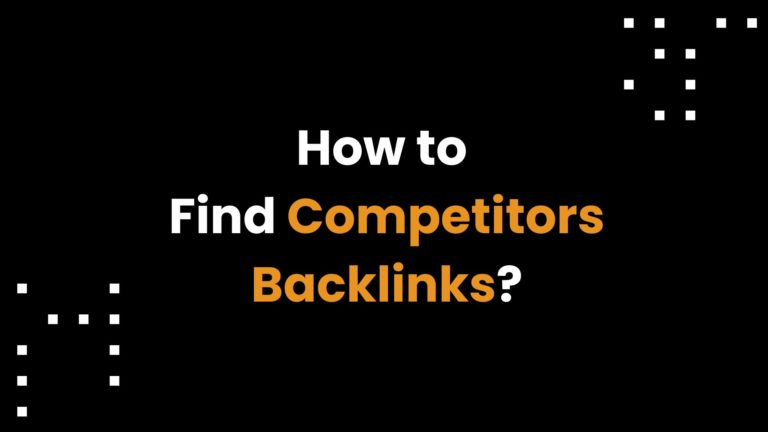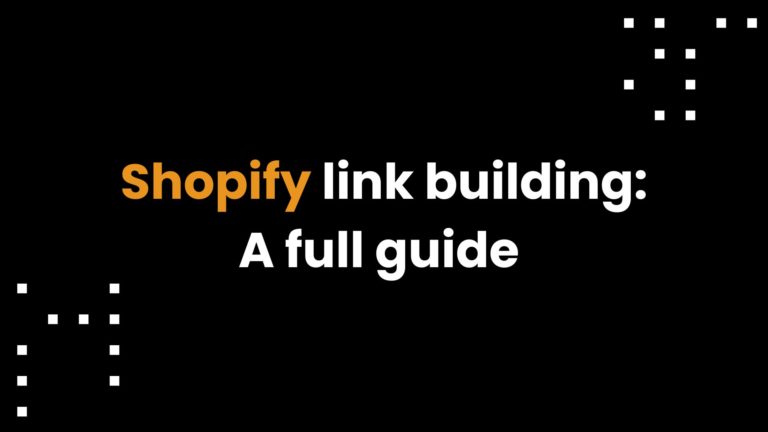You might have heard that inbound links are a critical part of any SEO strategy – without them, it’s almost impossible to reach high ranks in SERPs. But how much do you really know about them?
Inbound links are often called backlinks (though there’s a slight difference between these two) and refer to any links from other sources that lead to your website. Obtaining them proves to Google that your website is valuable for the users, thus improving its authority in the eyes of the algorithms. Thus, you should acquire them if you want to boost your visibility.
Don’t know how to do this? Don’t worry! Instead, read this post – we explain everything you need to know about inbound links here!
If you already know what inbound links are and want to increase your website’s visibility, register on the Linkhouse platform to start acquiring valuable links:
What Is an Inbound Link?
An inbound link is any link leading from a different source to a website. It is often called a backlink, though this term refers specifically to links that come from other websites. In terms of SEO, inbound links show Google that your website offers valuable content because it’s referred to on other pages, thus increasing its authority.
This approach by Google would suggest that you should be aiming at gathering as high a number of inbound links as possible. However, this isn’t that simple – each backlink has its own value depending on:
- The authority of the website that the inbound link leads from.
- The relevance of the content of the page on which the backlink is posted.
- The presence/lack of the “nofollow” attribute.
- The place in which it is posted on the page.
- The anchor text on which it’s posted.
The best links are the ones that are placed on a website with high authority, surrounded by relevant content, located near the beginning of the text, put on an anchor that matches the keyword for which the target page is optimized and don’t have a “rel=nofollow” attribute (though you do want some part of your inbound link profile to contain “nofollow” links as well).
This means that acquiring low-quality or spam links won’t lead to your page ranking up in SERPs and might even cause a fall. Thus, you can’t simply try to create as many inbound links to your website as possible – you require a backlink strategy, a thought-through plan of action that includes acquiring inbound links, monitoring the existing links and preventing the low-quality ones from affecting your website.
Check out our Link Planner – a complex tool that will help you plan your backlink strategy.
Other Types of Links
- Internal links – Ones that are placed on your website and lead from one page on it to another.
- Outbound links (external links) – Ones that lead from your pages to another website.
You can learn more about them in our article on internal and external linking.
What Is the Role of Inbound Links in SEO Strategy?
High-quality backlinks are proof to Google that your website offers valuable content. After all, if your website makes other users talk about it, it’s a clear signal that it evokes trustworthiness, credibility, and authority. Thus, websites that receive a lot of high-quality inbound links are more likely to rank higher.
This is also why the quality of links matters. Artificial ones, like those created in blog comments, guestbooks, or online forums, are treated like a kind of “false friends” – fake recommendations for your content. Thus, having such links leading to your website might actually cause it to drop in search engine results pages, affecting your business negatively.
This leads us to one short conclusion: high-quality backlinks may be used to support your particular webpage and get your rank higher for particular keywords, while low-quality ones do the opposite. Thus, a good SEO strategy involves acquiring the former for the most promising and important subpages while eliminating the latter.
How to Get Inbound Links?
Link building may include tens of different strategies, it’s difficult to list all of them at once. Still, we will try to mention all the most important ones in a nutshell here:
- Creating valuable content – The better your content, the more likely it is that users will share it, naturally creating backlinks.
- Monitoring your competitors – Use specialized tools for external links gap analysis. Find what sites link to your competitors but don’t link to your webpages, and fix that.
- Guest posting – Find blogs with valuable content and high authority that accept guest posts. Write an article that includes a link to one of your pages on an anchor that matches the keyword. This way, you can share your knowledge with the users of that blog and get an inbound link at the same time. You should also consider our guest post packages and help your website acquire high-quality inbound links quickly.
- Broken link building – Found an inbound link to content similar to yours that is broken? Contact the owner of the website that has this link and offer to replace it with a link to your content. This way you will seamlessly build your inbound link portfolio without too much overall effort.
- Skyscraper technique – See what is generating many inbound links in your industry and create better content. Inform the sites linking to the previously best content that you have something even greater.
- Using social platforms – Social media (even the less popular ones) or internet forums (though the SEO world argues about this one) are good locations for your links.
- Utilizing company directories – They are also great sites to place links. However, you need to be aware of the spam that might occur on some of them and drag your links down. Thus, opt only for those directories that are moderated (you might even use the paid ones).
Monitoring Inbound Links and Measuring Their Quality
Since we’re on the topic of the quality of inbound links, we have to mention that it’s possible to monitor the links that lead to your site and verify their quality. Let’s quickly take a look at three tools which enable that:
Google Search Console
If you haven’t added your website’s domain to this free tool, you ought to do this. Google Search Console (GSC) is a tool that comes in handy in many aspects of monitoring your SEO efforts, inbound links included. For this particular purpose, you need to go to:
Search Console -> Links -> External Links

Now you can choose from several options:
- Top Linking Sites – To see the websites that have the most links to your sites.
- Top Linked Pages – To see which of your pages have the most inbound links.
You can further sort the links to have them displayed according to your purposes and the information you wish to gather.
Unfortunately, there’s one downside to Google Search Console – you don’t get to see all the information you need. The reports are limited to the top 1000 pages, and you’re not provided with the inbound links’ context or with any quality metrics. For that, you need to use other tools.
Ahrefs
Ahrefs is among some of the best SEO tools and has a useful function for analyzing incoming links: its site explorer. Unlike GSC, it provides you with a domain rating and the text that surrounds the anchor.
How to access the backlink profile in Ahrefs? Open the tool and select:
Site Explorer -> Address -> Backlinks



Here, you may choose, for instance, referring domains to get more detailed info on the websites that link to your pages or anchors to see what text your links are placed on.
Semrush
Semrush is yet another SEO web app that includes a tool for checking backlinks and verifying their quality – Backlinks Analytics. How to check your website?
Backlinks Analytics -> address -> Backlinks
In this interface, you will be able to see both the page authority for the websites on which the links are placed and the exact anchor text along with the target URL.
Other tools for checking inbound links
These are but a few examples of software that lets you verify where your backlinks come from and whether you have good inbound links or bad ones as well. There are other programs like Moz, which also let you evaluate your site’s inbound links, yet the above three are the most commonly used ones by search engine optimization specialists.
Conclusions
We hope that, by knowing the definition of inbound links, you understand how important they are for SEO. Although the ways to get inbound links listed in this article are effective, they will take time, so you need to equip yourself with patience. You might also try an alternative: our tools, including the SEO Backlink Finder, which will help you verify whether you can purchase links on a particular website you’ll find in the search engine results pages.
FAQ
Why are inbound links important for a website’s SEO?
Inbound links are important because they signal to Google that your content is authoritative and valuable, leading to improved search results rankings. An inbound link is a link from another site that acts like a vote of confidence, boosting your site’s credibility in the eyes of search engines. When it comes to inbound links, the quality and relevance matter; links from authoritative and related sites have a stronger impact.
What are some effective strategies to build inbound links?
To effectively build inbound links, you should focus on crafting high-quality content that naturally attracts links from other websites 😉 , engaging in guest blogging on reputable platforms, and leveraging broken link building tactics. Purchasing backlinks can be a shortcut to increase your site’s backlink profile. Link Building Platforms like Linkhouse offer opportunities to buy articles with backlinks from authoritative sites. Remember, building links from other websites takes time and effort, but the payoff is substantial in enhancing your site’s authority.
How do backlinks differ from inbound links, and why are both important?
Backlinks and inbound links are often used interchangeably, but technically, backlinks are links from other sites directly to yours, while inbound links might include internal links within your site. Both types of links help improve your site’s SEO. Backlinks, also known as inbound links from other websites, are particularly valuable as they demonstrate to Google that your site is a credible source of information, thereby improving your search engine rankings.
What are some common link-building tactics that can help increase inbound links?
Common link-building tactics include content marketing, where you create valuable and shareable content, guest posting on other authoritative blogs, engaging in influencer outreach to get mentions and links, and conducting competitor link analysis to identify link opportunities. Each of these tactics can help you build links that point back to your site, enhancing your online presence and authority.
Why is it said that inbound links are still crucial in digital marketing?
Inbound links are still crucial in digital marketing because they significantly impact your site’s search engine rankings and overall online visibility. These links are considered endorsements of your content’s quality and relevance, which is why Google’s algorithms take them into account when determining where your pages should appear in search results. Inbound links pointing to pages on your website from reputable sources not only increase your site’s authority but also drive targeted traffic, making them a cornerstone of effective SEO strategies.








